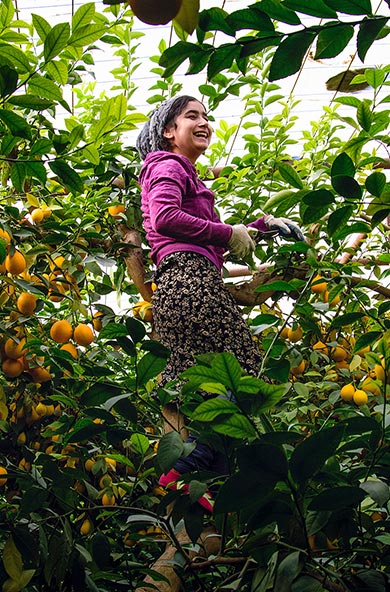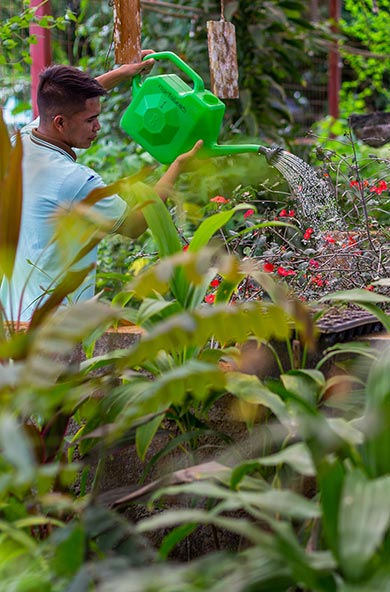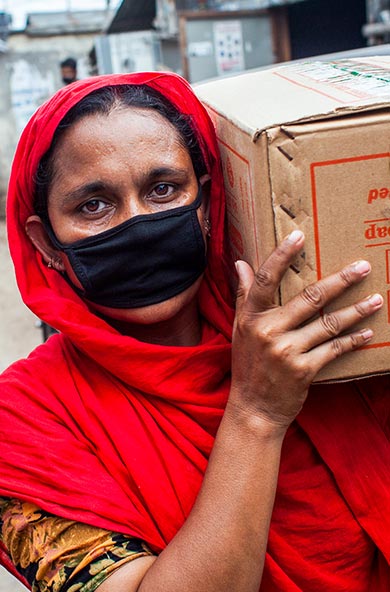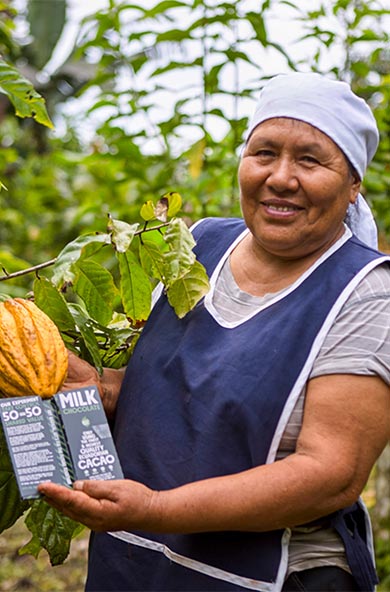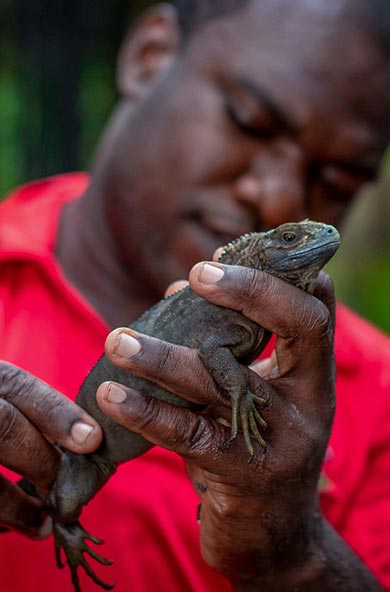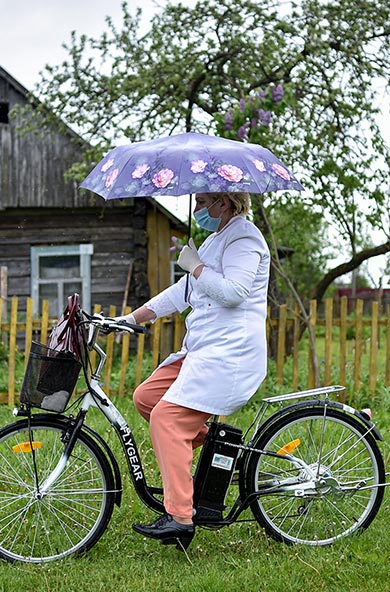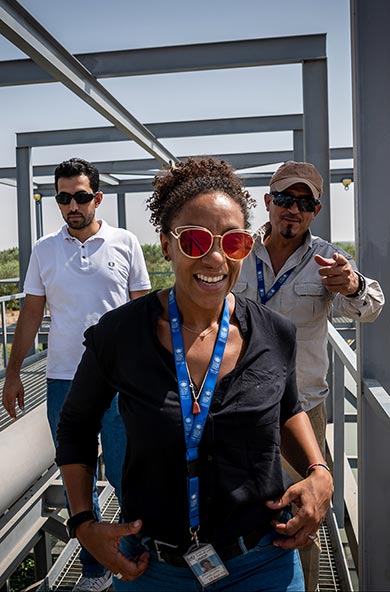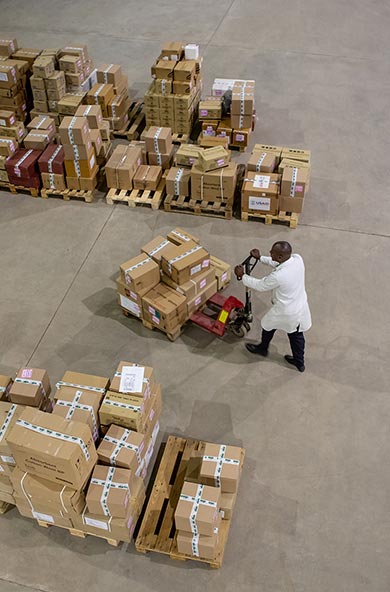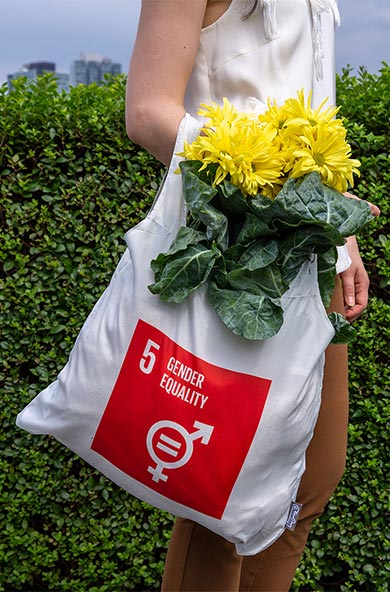Gender, climate change and food security
Gender, climate change and food security
April 17, 2017
The interlinked challenges of climate change and food security are most evident in the agriculture sector, which (combined with land-use change) produces about a quarter of global greenhouse missions. At the same time, climatic stresses on agriculture and food systems present formidable food security and livelihood challenges to millions. The climate challenge in agriculture requires integrated approaches that increase productivity, enhance adaptive capacity and cut back net emissions. The agency of rural female farmers is essential for enhancing agricultural productivity and realizing the Sustainable Development Goals (SDGs), including ensuring food security (SDG 2) and addressing the perils of climate change (SDG 13). Despite significant strides in addressing gender inequalities over the years, rural women are still among the most marginalized groups in society and are particularly vulnerable to current and future climate change and food insecurity. Given these close relationships, the response to climate change vis-à-vis the agricultural sector should therefore take into account gender dynamics and be gender-responsive.

 Locations
Locations